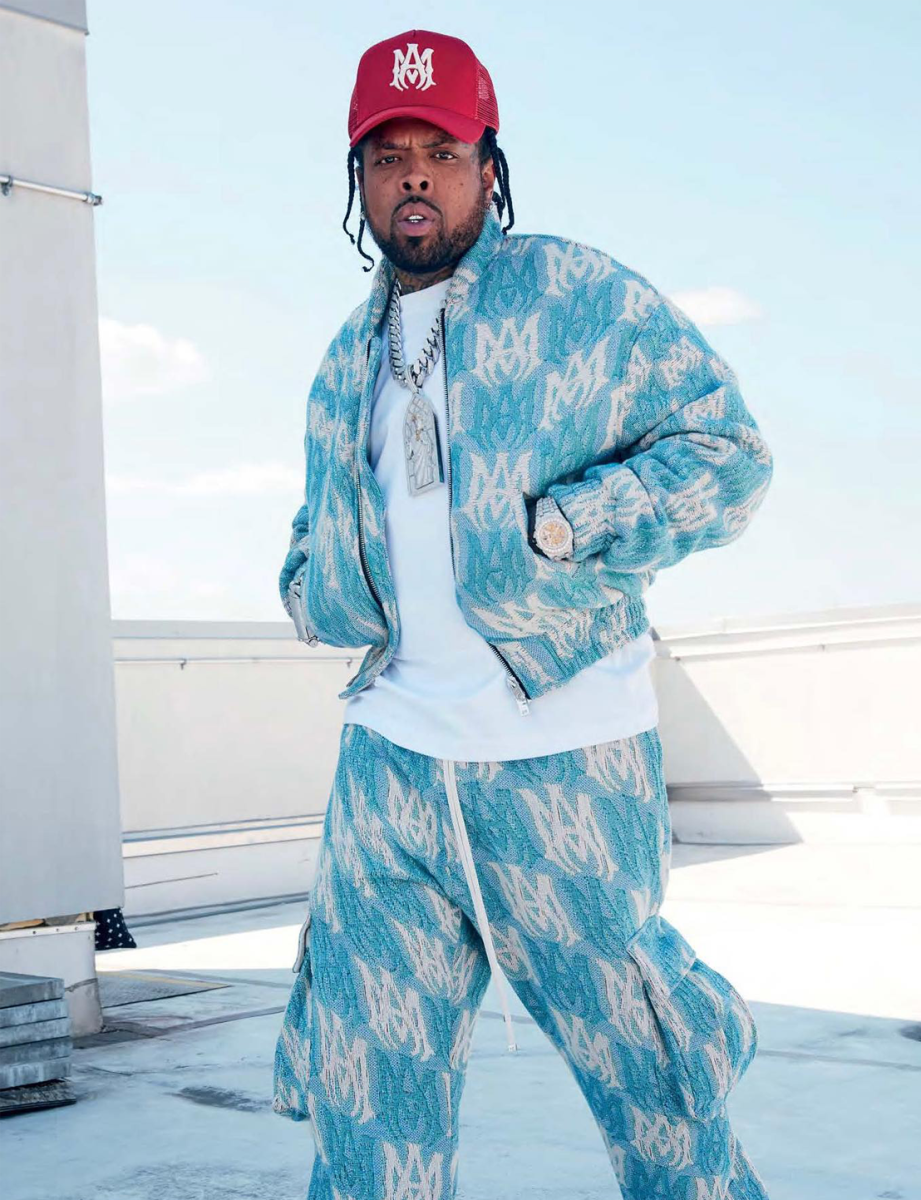Branded Clothing and the Role of Fabric in Defining Your Silhouette
Branded Clothing and the Role of Fabric in Defining Your Silhouette
Blog Article
Comprehending Clothes: The Significance of Material Choices in Your Closet
The choice of textile in clothing plays a pivotal role in both aesthetics and performance. Different products provide varying levels of longevity, convenience, and breathability, straight affecting the wearer's experience. Understanding these subtleties can boost one's wardrobe noticeably. Yet, many forget how these choices can impact not just personal design, yet additionally sustainability. What textile decisions could redefine your closet and align it with both design and responsibility?
The Role of Textile in Fashion and Capability

Usual Textile Types and Their Qualities
When choosing garments, comprehending the attributes of common textile types is vital for making informed options. Cotton, a widely-used all-natural fiber, is known for its versatility, soft qualities, and breathability, making it ideal for laid-back wear and everyday garments. Bed linen, one more all-natural option, flaunts excellent moisture-wicking buildings and a distinctive appearance, ideal for cozy climates.Wool, usually favored for its warmth and longevity, differs in fineness; merino woollen is soft versus the skin, while coarser types are utilized for outerwear. Artificial textiles like polyester and nylon offer sturdiness and resistance to creases, making them preferred for activewear and travel garments. Finally, blends, which integrate synthetic and natural fibers, can enhance functionality while preserving convenience. By identifying these material qualities, individuals can choose clothes that lines up with their lifestyle and aesthetic preferences.
Breathability and Comfort: Selecting the Right Fabrics for Different Climates
Choosing the best fabrics for different environments can significantly improve convenience and general wearability. Breathable products are essential in warm environments, as they permit air blood circulation and dampness evaporation. Fabrics such as cotton, bed linen, and moisture-wicking synthetics successfully attract sweat away from the body, keeping the wearer cool and dry. Alternatively, in colder environments, thicker fabrics like woollen or fleece give insulation while keeping breathability, ensuring heat without overheating.Additionally, the option of material weight plays an essential duty; light-weight fabrics are more suitable for summer season, whereas larger options are matched for winter months wear. Understanding the special properties of each textile makes it possible for individuals to dress appropriately for varying climate condition. Inevitably, picking comfortable and breathable fabrics customized to details environments can considerably improve everyday convenience and boost the overall experience of using clothes.
Resilience and Care: Just How Fabric Influences Longevity of Your Wardrobe
Selecting the best products can substantially impact the durability and treatment needs of a wardrobe. Fabrics such as cotton and polyester are understood for their strength and simplicity of upkeep, making them ideal for daily wear. On the other hand, delicate materials like silk and shoelace require even more careful handling and specialized cleansing methods, which can enhance the moment and effort required for care. Branded Clothing.Durability is likewise influenced by the fabric's weave and surface; firmly woven textiles have a tendency to resist wear and tear much better than freely woven options. In addition, artificial blends typically provide boosted toughness, incorporating the most effective high qualities of multiple fibers.Understanding the treatment directions for each fabric is essential, as improper washing or drying can lead to early wear. Ultimately, selecting resilient products can lead to a longer-lasting closet, lowering the regularity of substitutes and contributing to an extra sustainable fashion option
The Impact of Textile on Fit and Silhouette

Sustainable Fabric Choices: Making Eco-Friendly Choices
The effect of material extends past fit and shape to include environmental factors, motivating an expanding passion in lasting fabric options. Eco-friendly materials, such as organic cotton, hemp, and Tencel, are obtaining traction among consumers who focus on sustainability in their closets. These materials are check my blog commonly created with fewer chemicals and water, lowering their environmental footprint.Additionally, recycled fabrics, made from post-consumer waste, use an ingenious remedy to the textile industry's air pollution problem. Brands progressively accept transparency in their sourcing methods, enabling consumers to make educated decisions about their purchases.Choosing sustainable materials not only supports ethical methods but additionally motivates the fashion sector to take on more accountable production techniques. As recognition of ecological problems increases, individuals are advised to assess the lasting impact of their fabric selections, cultivating a motion in the direction of an extra ecologically conscious and lasting method to fashion.
Elevating Design: Exactly How Material Can Transform a Clothing
While lots of may concentrate on color and cut when picking an attire, the selection of fabric plays a vital function in elevating style and enhancing total look. Different products communicate distinctive state of minds and messages; as an example, silk exudes luxury and sophistication, while jeans uses an informal, unwinded vibe. The texture and drape of a textile can drastically change the shape, with organized fabrics giving a polished appearance and softer ones creating a more fluid, kicked back aesthetic.Moreover, the weight of the material influences wearability throughout periods. Light-weight materials like linen and cotton are excellent for summer season, while larger products such as wool and velvet provide heat and style in colder months. Understanding textile properties, such as breathability and stretch, likewise encourages people to make enlightened choices that enhance convenience without endangering design. Inevitably, the right fabric can change an outfit from ordinary to phenomenal, making it an important consideration in any kind of closet.
Frequently Asked Inquiries
Exactly how Do I Recognize the Material Material of My Clothes?
To identify fabric web content, one can examine care labels, conduct shed tests for fiber identification, or get in touch with fabric examples. These approaches aid set apart products, guaranteeing notified options for apparel care and upkeep in everyday wear.
Can Material Option Affect My State Of Mind or Confidence?
Material selection can considerably affect an individual's mood and confidence. Branded Clothing. Specific materials might evoke feelings of comfort or elegance, while others can feel uncomplimentary or restrictive, ultimately affecting self-perception and psychological wellness throughout the day
What Fabrics Are Finest for Sensitive Skin?
For people with sensitive skin, natural fabrics like cotton, linen, and bamboo are frequently recommended. These products are breathable, hypoallergenic, and less likely to trigger inflammation, making them ideal options for comfort and skin health and wellness.
How Do I Correctly Wash and Take Care Of Different Fabrics?
To appropriately clean and care for various fabrics, one must consider each product's specific needs, consisting of temperature level settings, cleaning agents, and drying out methods, making sure durability and maintaining the fabric's original qualities for ideal usage.
Are There Certain Fabrics for Athletic or Efficiency Wear?
Sports or performance wear usually uses textiles such as polyester, nylon, and spandex. These products are created for moisture-wicking, breathability, and versatility, improving motion and comfort during browse around here physical activities while giving toughness and assistance. Conversely, in cooler environments, thicker materials like wool or fleece provide insulation while keeping breathability, ensuring warmth without overheating.Additionally, the option of textile weight plays an essential duty; lightweight materials are more effective for summertime, whereas larger alternatives are fit for winter wear. In comparison, fragile products like silk and shoelace need more careful handling and specialized cleaning techniques, which can raise the time and initiative needed for care.Durability is likewise influenced by the textile's weave and finish; snugly woven materials have a read what he said tendency to withstand wear and tear far better than loosely woven alternatives. In comparison, stiff textiles can restrict activity but offer a traditional, sleek look.Moreover, the thickness and texture of the textile can influence the visual perception of body form. The influence of material expands past fit and shape to include ecological factors, triggering an expanding rate of interest in lasting textile options. The appearance and drape of a textile can significantly alter the shape, with structured textiles giving a sleek appearance and softer ones developing an extra fluid, kicked back aesthetic.Moreover, the weight of the fabric affects wearability across seasons.
Report this page